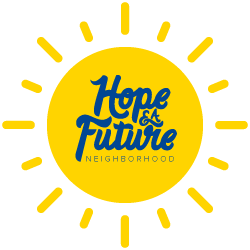Karin’s Reflection
Biologically, loneliness is experienced as a threat and puts us on high alert. High alert triggers an inflammatory response including increased white blood cell production. Geneticist Steve Cole, quoted in the AARP article states, “After loneliness stimulates that white blood cell inflammatory response, the response feeds back to the brain and makes it irritable, suspicious, prone to negative emotions and fearful of meeting new people and making new friends.” Prolonged loneliness is associated with psychological pain, heart disease, dementia, learning deficits and behavior problems. We have an epidemic of loneliness in our country.
Is there a Medical Cure for Loneliness? – AARP
Nearly half of Americans report feeling alone – MarketWatch
Lonely? You’re not alone. America’s young people are …
In less developed countries, people know they have a better chance of survival if they are with a group. In a group, there is greater protection from threatening intruders and more hands and skills to do the work of life. In more developed societies, we are still a part of a group in terms of meeting basic needs–but we may never meet the people that are helping us. We simply use money. We can obtain goods without seeing a single human involved in providing for our needs. I have met many children and a surprising number of adults who have no idea how the food in a grocery store is grown or produced. And few of us know the person that sat at the sewing machine to make our clothing? In developed societies, people are disconnected and lonely.
While the AARP article sites research that offers some fairly simple medical interventions for interrupting the biological inflammatory response to loneliness, for the long run we need to look at reconnecting people in a real and lasting way.
That has been a driving force behind the development of the TIIN model. Reconnecting diverse people by developing a Therapeutic Interactive Intergenerational neighborhood TIIN that cares for and empowers all neighbors to move forward and creates generations of purpose. Meaningful relationships are developed around shared interests, needs and skills. The synergy of the need for mentoring, love and encouragement for the young and physical assist for older adults is a natural way to enjoy diversity and create hopeful futures for all age groups and ability levels.





Loneliness is one of the hardest things that I have had to battle. I do not have a lot of people that are with me, but that is fine. In my opinion, as long as I am able to do my best, then I will eventually get people. I have an idea of how to do it. I want to go and meet people at parties, that is the reason why I am taking some of the blog lessons that you have.